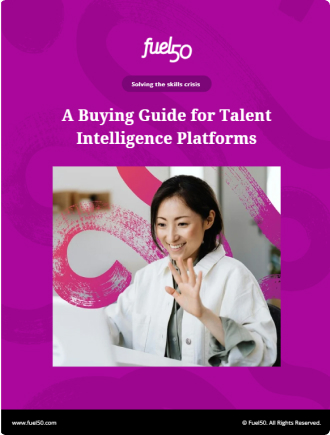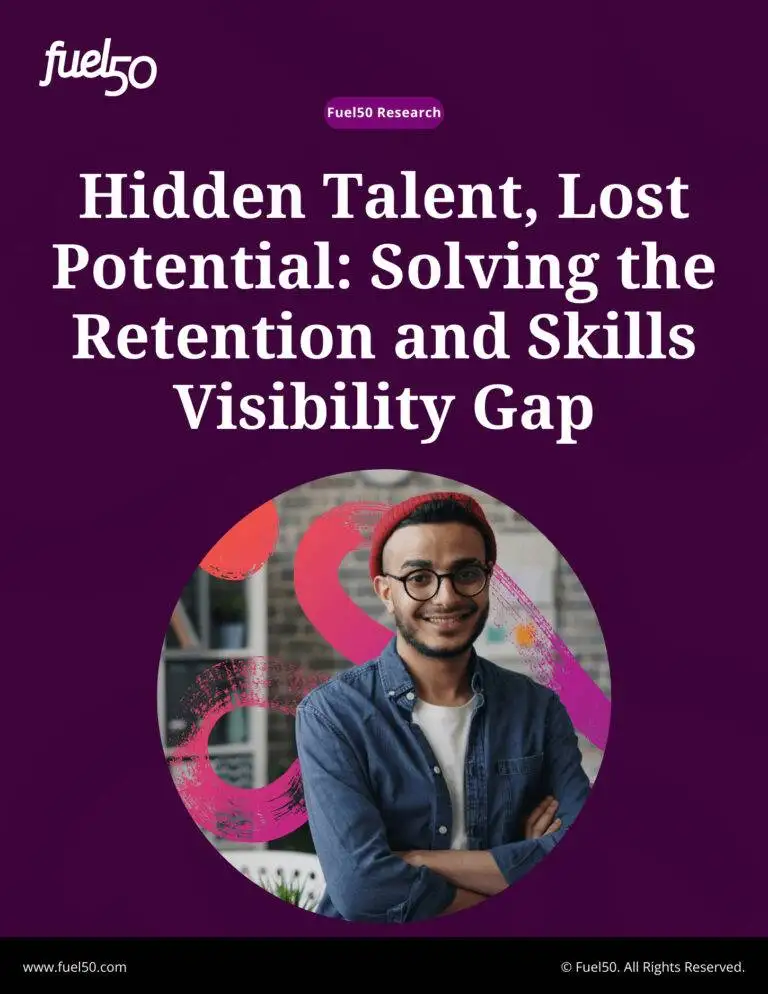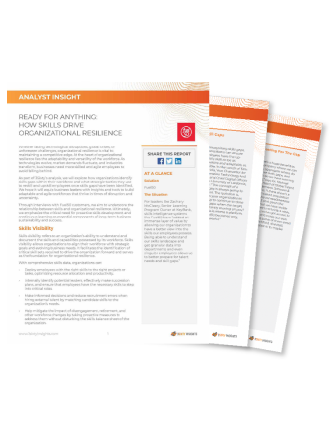Driving real business impact starts with making data-driven decisions. But with 80% of HR leaders still using gut feeling and personal opinions to make critical talent decisions, HR teams are lagging behind other business functions in their approach to strategic success.
Almost every industry has experienced change and uncertainty over the last few years, causing business leaders to find new and different ways of working. There is now an increased focus on preparing and optimizing workforces for the future to ensure organizations are ready to take on what lies ahead.
Business leaders are looking to their HR functions to provide input and guidance on how to best support their workforce and ensure they are future-ready. And with that, HR leaders will need hard evidence and data to back the recommendations they put forward. Relying on common sense and instincts is no longer a sustainable approach to HR.
Position yourself as a strategic decision-maker
Why must HR leaders avoid relying on instinctual decision-making? Instincts and gut feelings are based on emotions, and when stakes and pressure is high, we can often make decisions that are rooted in bias, impulse, or fear.
While instincts still have an important place in decision-making, relying solely on intuition can be risky. According to HBR, intuition without reasoning and analysis is a “fickle and undependable guide” and is as likely to lead to disaster as it is to success. “The more unprecedented the challenges you face, the less you should rely on instinct and the more on reason and analysis.”
Gallup believes this is the reason why many business leaders are wary of trusting HR leaders in strategy meetings who offer advice and perspectives based on their instincts, rather than hard data and analyses.
To position themselves as strategic decision-makers, HR leaders must shift their approach and focus on gathering data and analytics to ensure decisions are made with intent, and with an understanding of how they can drive business objectives and ROI. They must build the capability to highlight data within their strategic planning process to ensure their intuitions are backed by hard evidence and facts.
“Many business leaders don’t trust HR leaders in strategy discussions when those HR leaders have perspectives rooted in experience, rather than hard data and analyses. HR leaders should be authorities on what empirically drives human capital excellence and ROI — and, how to reliably measure and predict those drivers”. – Gallup
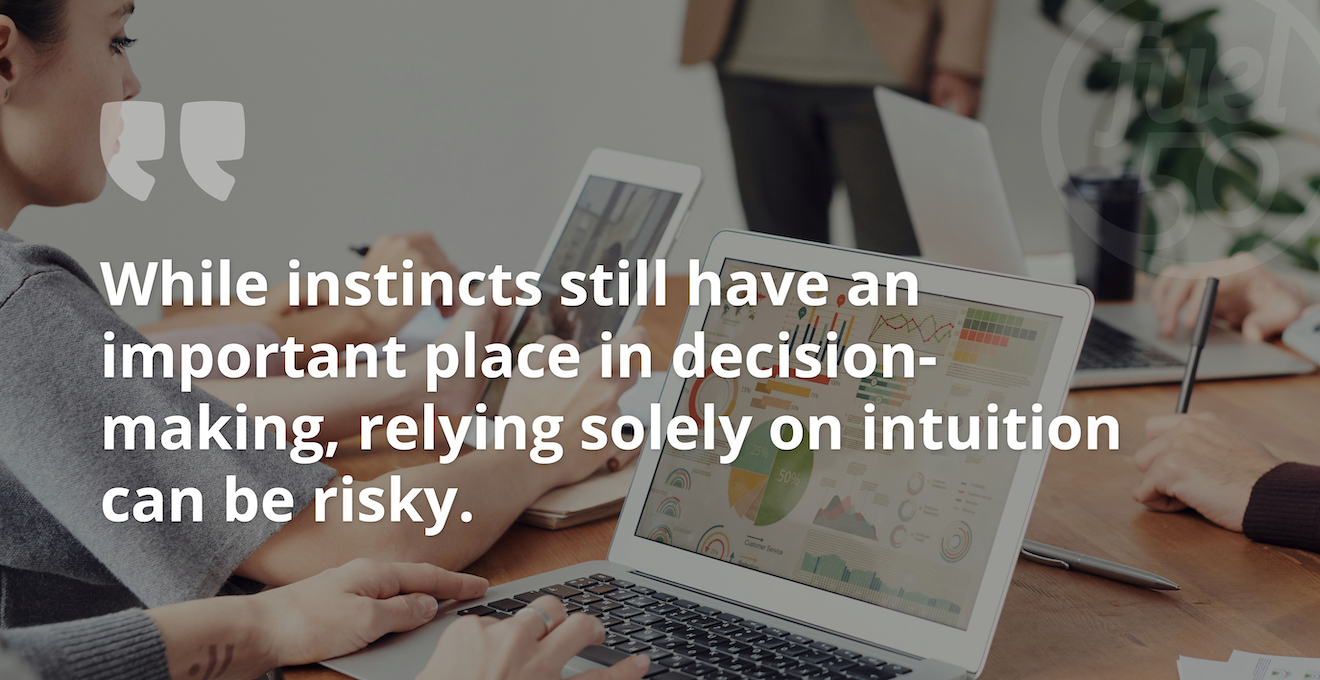
Data alone isn’t enough – analytics and insights are just as important
To truly demonstrate value-add to the business, HR leaders need the right tools and data to provide a holistic and unbiased view of the skills, and capabilities of their people to uncover how their workforce is tracking against organizational goals. However, data alone isn’t enough. While data is the starting point, it’s the analytics and insights we gain from that data that are critical for making better decisions.
So, what’s the difference between data, analytics, and insights? Data is the information you obtain about your people, such as their demographics, performance, engagement, retention, and turnover. Analytics is the process of interpreting this data to find meaningful patterns and trends that help you gain knowledge about the business. And finally, insights are all about understanding what your analytics is trying to tell you and extracting meaningful information from it. Insights are often described as the ‘light bulb’ moment, where data and analytics come together to provide powerful and meaningful information aimed at improving problem areas and positively impacting your bottom-line.
Leveraging technology such as Fuel50’s Talent Marketplace, makes gathering workforce data, analytics, and insights a smooth and streamlined process. While many platforms focus heavily on analytics, Fuel50’s Workforce Insights tool combines both analytics and insights to deliver intelligent skills data to help optimize your workforce.
Having a healthy synergy between your analytics and insights will ensure you are making strategic workforce decisions that are backed by validated data. Raoul Pinto, Founder of Edilitics, summarizes it perfectly:
“While analytics will give different interpretations of your data, insights provide you with the true relevance of the data you’ve collected with reference to the questions you’ve been asking all along.”
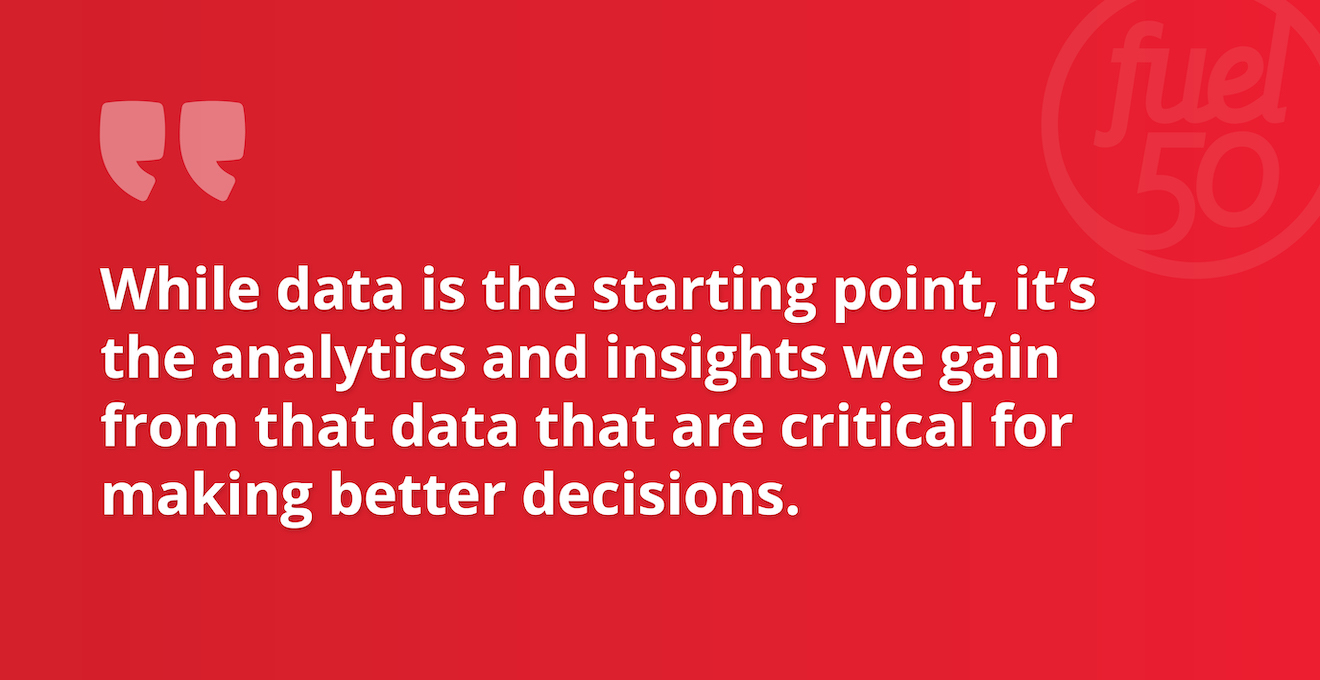
How to become a data-driven leader
According to Gallup, there are four keys to becoming a data-driven leader:
1. Link your HR initiatives to business outcomes
Take a step back and reflect on your current HR initiatives. Are they aligned with your overarching business outcomes? If the organizational goal is to build resilience and agility, then you should incorporate HR strategies aligned with that goal, such as initiatives focused on operational efficiency, internal mobility, and succession planning. Understanding what the organization is trying to achieve and aligning HR initiatives accordingly will put you in a better position to support the company and drive its success.
2. Be hypothesis-driven
Gallup explains that HR leaders need to be hypothesis-driven by pinpointing their problems first, generating hypotheses about the potential causes of these problems, and then running the appropriate analyses. This approach is beneficial in the long run, as it provides leaders with powerful predictive insights that solve specific business problems and promotes business goals.
3. Use comprehensive data from internal and external resources
Internal data is easy to access, easier to control, and simple to decipher. However, focusing only on internal data won’t give you the full picture. Gallup explains that “rich insights from external data sources can inform decision-making and shed light on how effective HR initiatives are.” HR leaders should build relationships with industry-leading data organizations that have analytics expertise and access to relevant data sets that can help answer your most critical questions.
4. Become a world-class expert in people performance
HR leaders must be the “go-to authorities on all things related to people and performance in an organization”. Having a deeper insight into what is driving HR excellence within your company will help position you and your team as true people experts. Leverage external experts where you can to help uncover insights that will help boost organizational success.
Solidify the value HR brings with data-driven decision-making
As uncertainty continues, the need for data-driven decision-making will only become more prominent. Adopting this approach now will demonstrate the value and competitive advantage HR has in driving organizational goals and outcomes. Power your organization with intelligent dynamic data so you can make better workforce decisions and effectively set your business up for future success.

